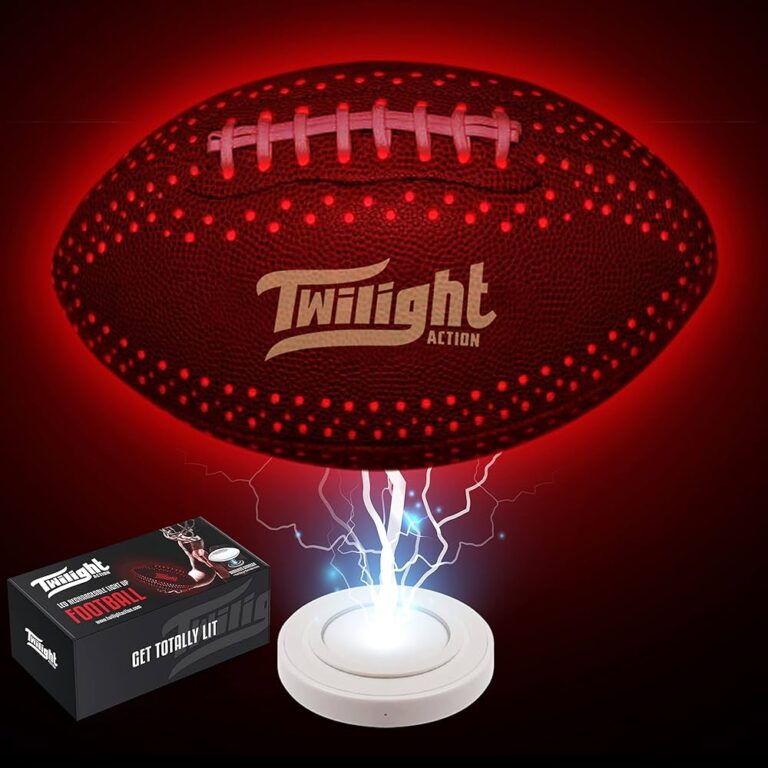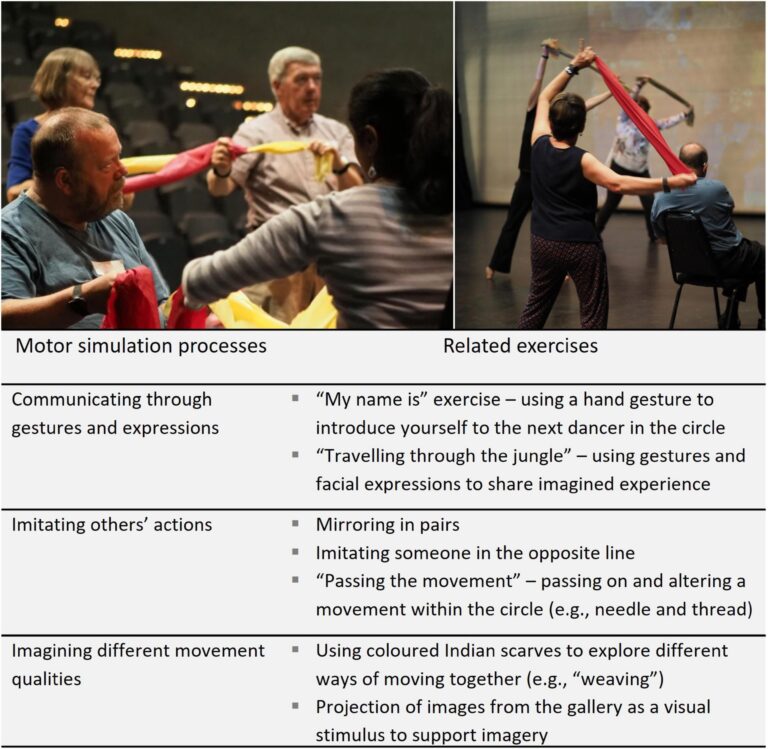Designing a Sepak Takraw court might seem overwhelming at first, but trust me, it’s not as complicated as you think. Over the years, I’ve seen countless courts built—indoors, outdoors, for competitions, and even for recreational play. The key is understanding the essential elements: dimensions, lines, net placement, and proper flooring.
In this guide, I’ll walk you through every step of creating a Sepak Takraw court. Whether you’re a beginner setting up a practice court or an organizer preparing for a competition, this article will answer all your questions. By the end, you’ll know exactly how to create a professional-grade court with optimal accessibility, safety, and style.
Step 1: Understanding the Dimensions
The dimensions of a Sepak Takraw court are specific and must be followed precisely. The court is rectangular, measuring 13.4 meters by 6.1 meters (or 44 feet by 20 feet). This size is the same as the outside lines of a standard badminton court.
Here’s a quick breakdown of the dimensions:
| Feature | Measurement |
|---|---|
| Total Court Size | 13.4 m x 6.1 m (44 ft x 20 ft) |
| Net Height (Men’s) | 1.55 meters (5 ft 1 in) |
| Net Height (Women’s) | 1.45 meters (4 ft 9 in) |
| Service Circle | 0.3 meters (1 ft radius) |
Step 2: Marking the Lines
The court has several important lines that structure the game:
- Center Line: This line divides the court into two equal halves.
- Sidelines: These are the outermost boundaries along the length of the court.
- Baselines: These are the outermost boundaries along the width of the court.
- Service Circles: Each half has a service circle with a radius of 0.3 meters. The server must stand here during service.
- Quarter Circles: Found at each corner where the sidelines meet the center line, these curves ensure proper positioning during play.
Pro Tip
Use high-contrast colors like white or yellow for the lines to make them visible against the flooring, whether indoors or outdoors.
Step 3: Setting Up the Net
The net is a central feature of any Sepak Takraw court. It should be 1.55 meters high for men’s games and slightly lower (1.45 meters) for women’s matches.
- Material: Use durable nylon or polyester nets to withstand the force of the Sepak Takraw ball.
- Clearance: Ensure there’s at least 1 meter of clearance on either side of the net to avoid obstruction.
Step 4: Choosing the Right Flooring
Flooring is critical for player safety and performance. Here are the options:
| Type of Flooring | Features | Use Case |
|---|---|---|
| Wooden Flooring | Shock-absorbing, reduces joint strain | Indoor courts |
| Synthetic Surfaces | Slip-resistant, easy to maintain | Professional venues |
| Concrete/Tiled Floors | Affordable, durable | Outdoor recreational play |
For outdoor courts, ensure the surface is smooth and free from cracks to prevent injuries.
Step 5: Ensuring Accessibility
A well-designed Sepak Takraw court is accessible to players and spectators alike:
- Surrounding Area: Keep at least 3 meters of open space around the court for safety.
- Entry Points: Ensure easy access to the court, especially for players carrying equipment.
Step 6: Installing Proper Lighting
Good lighting is non-negotiable for indoor courts and nighttime matches. Use LED lights with minimal glare to ensure players can track the ball easily.
- Standard: Ensure the court has at least 500 lux of lighting for competitive play.
- Placement: Install lights at equal intervals to minimize shadows.
Step 7: Adding Fencing and Boundary Protection
For outdoor courts, fencing is crucial to prevent the ball from rolling away and ensure spectator safety.
- Height: Install fencing at least 3 meters high around the court.
- Material: Use mesh or chain-link fences for durability and visibility.
Case Study: Building a Sepak Takraw Court in Malaysia
Let me share an example from my visit to a Sepak Takraw training center in Malaysia. The court had all the standard features: high-quality synthetic flooring, bright yellow lines, and ample clearance around the sidelines. The coaches emphasized how these features not only enhanced gameplay but also minimized injuries during intense training sessions.
FAQs About Designing a Sepak Takraw Court
1. Can I use a badminton court for Sepak Takraw?
Yes, the court dimensions are identical. However, you’ll need to adjust the net height to match Sepak Takraw standards.
2. What’s the most important feature of a Sepak Takraw court?
While all elements are crucial, precise dimensions and proper flooring have the biggest impact on gameplay and safety.
3. How do I maintain a Sepak Takraw court?
For outdoor courts, regularly clean the surface to remove debris and repaint faded lines. For indoor courts, ensure the flooring is polished and the net is in good condition.
Step 8: Creating Multi-Functional Courts
If you’re designing a Sepak Takraw court in a shared space, consider making it multi-functional. Many recreational centers use courts for multiple sports like badminton, volleyball, or futsal.
How to Design a Multi-Functional Court:
- Adjustable Net: Install a net system with adjustable heights to cater to different sports.
- Multiple Line Colors: Use separate colors for Sepak Takraw lines to avoid confusion.
- Portable Equipment: Use mobile posts for the net to allow quick transformations.
Step 9: Budgeting for Your Sepak Takraw Court
The cost of building a Sepak Takraw court varies depending on materials, location, and features.
| Category | Approximate Cost (USD) |
|---|---|
| Marking Lines | $100 – $300 |
| Net and Posts | $200 – $500 |
| Flooring (Synthetic) | $3,000 – $5,000 (per court) |
| Lighting Installation | $1,000 – $2,500 |
| Fencing | $500 – $1,500 |
Pro Tip: For recreational courts, stick to budget-friendly solutions like concrete flooring and simple fencing.
Step 10: Incorporating Safety Features
Safety is paramount in Sepak Takraw, especially with its high-intensity gameplay.
- Padded Posts: Cover the net posts with padding to reduce injury risk.
- Non-Slip Flooring: Use slip-resistant materials, particularly for indoor courts.
- Clearance: Maintain at least 3 meters of space around the court for safe player movement.
Step 11: Designing for Spectator Experience
If you’re planning to host tournaments, focus on the spectator experience:
- Seating: Place bleachers or chairs around the court, ensuring clear sightlines.
- Lighting: High-quality LED lighting improves visibility for both players and spectators.
- Audio Systems: Use a sound system for announcements and commentary.
Examples of World-Class Sepak Takraw Courts
- Thailand National Stadium (Bangkok)
- Features synthetic flooring with high-grip surfaces.
- LED lighting system ensures clear visibility.
- Gelora Bung Karno Stadium (Indonesia)
- Hosts international competitions with custom-built courts.
- Excellent spectator seating and facilities.
- Kuala Lumpur Sports Complex (Malaysia)
- Multi-purpose courts used for both Sepak Takraw and badminton.
- Advanced net systems with easy adjustments.
Technological Advancements in Sepak Takraw Courts
Modern courts now integrate technology to enhance gameplay and officiating:
- Smart Nets: Equipped with sensors to detect faults or touches.
- Digital Scoring Systems: Real-time score displays to avoid disputes.
- Instant Replay Cameras: Used in professional tournaments for fair judgment.
Common Challenges in Court Design
Even with careful planning, challenges may arise when designing a Sepak Takraw court:
- Space Constraints: Smaller venues may struggle to meet the required dimensions.
- Solution: Focus on outdoor or shared spaces.
- Weather Impact: Outdoor courts are exposed to rain and heat.
- Solution: Use weather-resistant flooring and overhead coverings.
- Line Maintenance: Frequent use can cause lines to fade.
- Solution: Repaint lines every few months to maintain visibility.
FAQs About Maintaining a Sepak Takraw Court
1. How often should I replace the net?
Replace the net every 2-3 years or sooner if it shows signs of wear.
2. What’s the ideal clearance around the court?
At least 3 meters on all sides to ensure safety and accessibility.
3. Can I use painted lines on grass courts?
Yes, but ensure the paint is weatherproof and reapplied as needed.
Checklist: Building a Sepak Takraw Court
Here’s a quick checklist to keep your court design on track:
- Dimensions: 13.4 m x 6.1 m.
- Net height: 1.55 m (men) or 1.45 m (women).
- Flooring: Durable and slip-resistant.
- Lines: Clear and contrasting colors.
- Lighting: Bright and evenly distributed.
- Clearance: Minimum 3 meters on all sides.
- Fencing: 3 meters high for outdoor courts.
Related Article: How to Master Sepak Takraw: A Step-by-Step Guide for Beginners
Conclusion
Designing a Sepak Takraw court is about more than just following dimensions—it’s about creating a space that enhances gameplay, ensures player safety, and welcomes spectators. From precise measurements to durable flooring, each element plays a crucial role in the court’s functionality.
Over the years, I’ve learned that even small details, like the visibility of lines or the net’s tension, can significantly impact the game. Whether you’re setting up a court for casual matches or international tournaments, always prioritize quality and accessibility.
As Sepak Takraw continues to grow globally, investing in well-designed courts will help promote the sport and inspire future players. So, take this guide, start building, and watch as your court becomes a hub for energy, skill, and excitement.
Let me know how your court turns out or if you have any questions. I’d love to hear about your experience!






